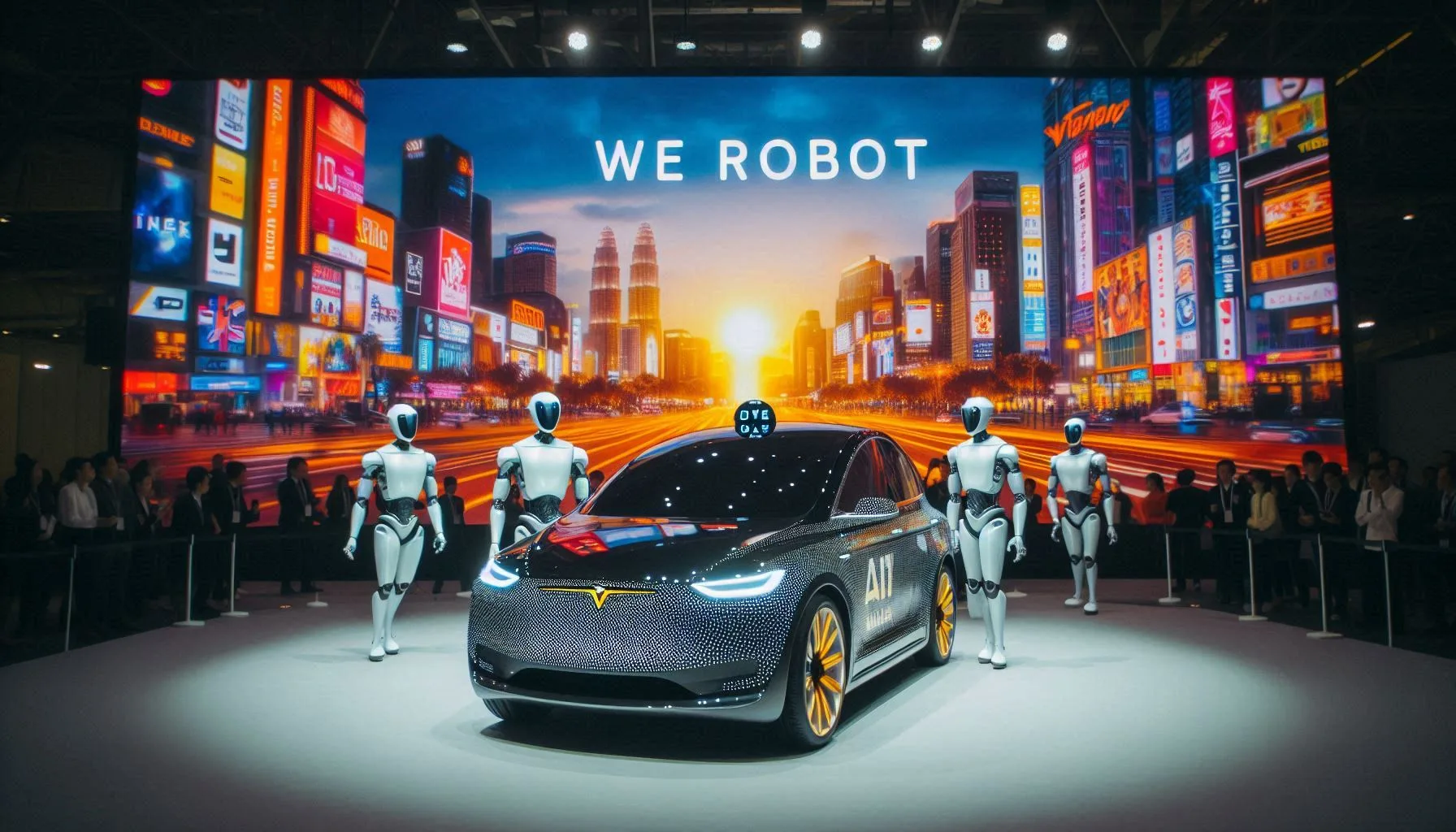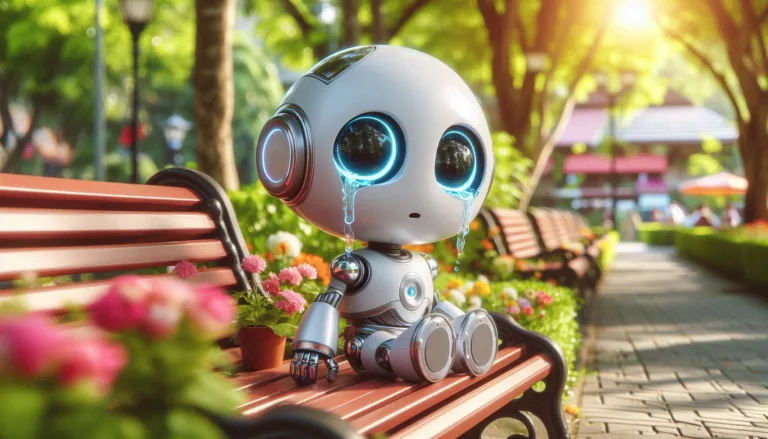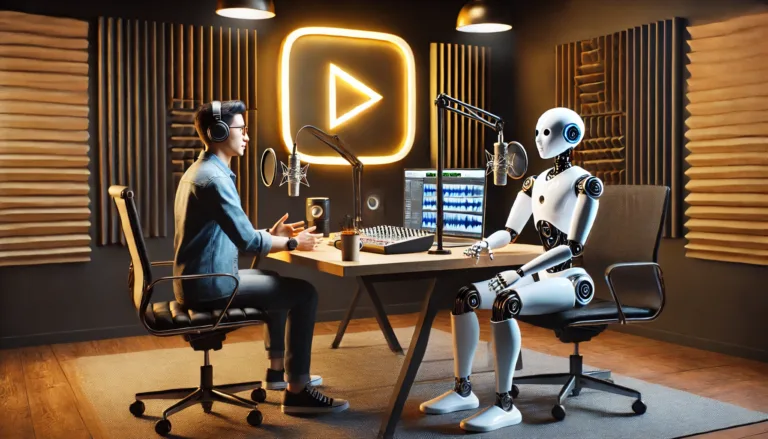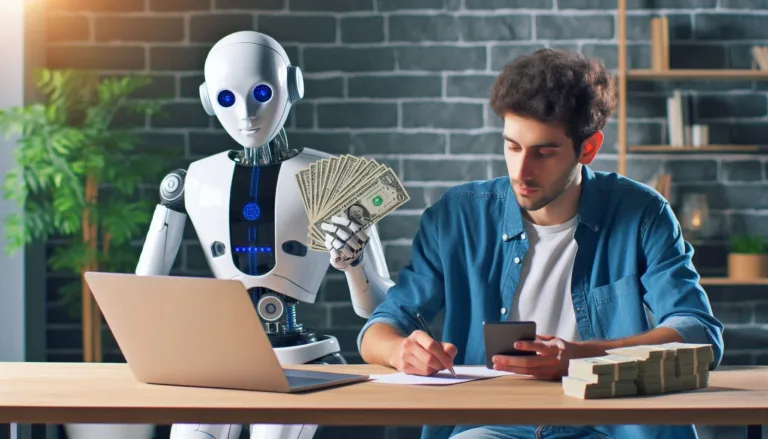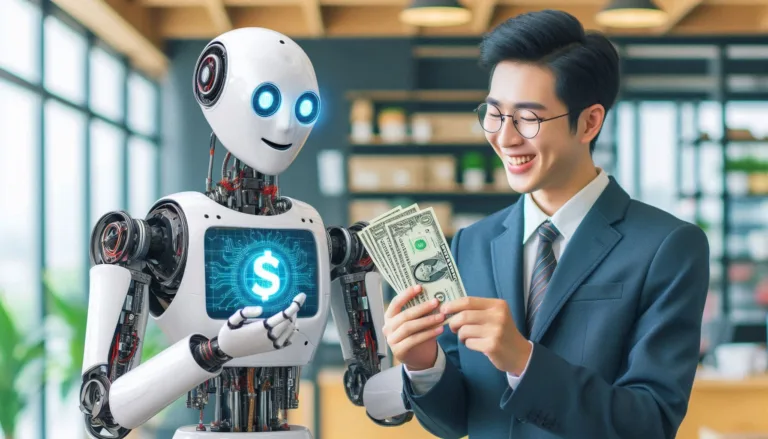Elon Musk’s much-anticipated “We Robot” event last night marked a pivotal moment in the future of artificial intelligence, robotics, and human-technology interaction. This high-profile event captivated the audience with groundbreaking announcements, futuristic concepts, and innovative technological unveilings. Musk, known for pushing the boundaries of human capability with ventures like SpaceX, Tesla, and Neuralink, once again demonstrated his vision of an AI-driven future that merges human life with robotics. Here’s an in-depth look at what happened during the event, including all the key introductions, technological marvels, and the future it proposes.
The Event Overview: Setting the Stage for the Future
The “We Robot” event was designed as a platform for Musk to present the advancements in Tesla’s humanoid robot project, Optimus, along with a broader vision of how robotics and AI can reshape industries. The event started with Musk’s opening speech, where he emphasized the importance of AI-powered robots in making human lives easier and more efficient. He highlighted the need to develop robots that can seamlessly integrate into daily life, carrying out tasks that range from simple household chores to more complex industrial jobs.
Musk stated that the long-term goal of the Tesla Bot project, codenamed Optimus, is to create robots that can operate autonomously in various settings. These robots will eventually be able to perform physical labor, improve productivity across sectors, and even assist in space missions, further aligning with Musk’s long-standing vision of making humanity a multi-planetary species.
Optimus Unveiled: Tesla’s Next Leap in Robotics
The highlight of the evening was the official reveal of the latest version of Tesla’s humanoid robot, Optimus. The sleek, futuristic robot walked onto the stage, moving with a fluidity that displayed Tesla’s latest advancements in bipedal locomotion. Musk emphasized that the Optimus is not just a research project—it is a practical solution that Tesla plans to mass-produce.
Optimus is designed to assist humans in a wide range of tasks. From managing mundane housework like cleaning and cooking to working in factories, the bot is programmed to handle repetitive, labor-intensive work that humans either find too tedious or unsafe. One of the major revelations was that Tesla has made great strides in enhancing the battery life of Optimus, ensuring that it can work uninterrupted for several hours. The robot is also equipped with AI systems to process its surroundings in real time, making it capable of adjusting its movements based on changing environments.
Musk shared that the Optimus will feature a brain powered by Tesla’s Full Self-Driving (FSD) AI, which is also used in their autonomous vehicles. This shared technology accelerates development and ensures Optimus benefits from Tesla’s robust AI and machine learning systems. Over time, these robots are expected to become smarter, self-sufficient, and even capable of emotional learning and responding to human interaction.
Key Features and Capabilities of Optimus
Optimus’ main focus is usability and integration into real-world scenarios. Below are some of the standout features Musk and his team demonstrated during the event:
- Autonomous Functionality: Optimus runs on a neural network-powered AI that enables it to navigate environments without human input. Using the same technology Tesla cars employ for Full Self-Driving, the robot can move through dynamic settings, avoiding obstacles, identifying objects, and performing tasks efficiently.
- Human-Friendly Design: Optimus is designed to be user-friendly and operate safely around humans. With a height of approximately 5 feet 8 inches and a weight of 125 pounds, its size mirrors that of an average adult, making it capable of performing many human-centric tasks. Its body includes 40 electromechanical actuators that allow it to mimic human motion, handling objects with care and precision.
- Power Efficiency: Equipped with a powerful yet efficient battery pack, Optimus can operate for up to eight hours on a single charge. Musk emphasized that one of the critical challenges of robotics is power management, and Tesla has implemented innovative solutions to optimize battery life.
- Data Sharing & Cloud Connectivity: Optimus connects to the cloud and syncs with Tesla’s AI database, which allows continuous updates and learning. This feature ensures that the robot can evolve and improve its skills, becoming more effective over time.
Expanding the AI Horizon: Beyond Tesla Bots
While Optimus stole the spotlight, the event also delved into how Tesla’s AI infrastructure will evolve to power future robotics and smart technologies. Musk discussed the role of AI not only in creating autonomous robots but also in revolutionizing industries such as healthcare, agriculture, and manufacturing. He touched upon the potential of AI to enhance Neuralink, a brain-computer interface company he founded, by merging the capabilities of human cognition with AI-driven robots.
One of the most exciting prospects discussed was the potential for robots like Optimus to be deployed in space exploration. Musk envisions a future where robots will be sent ahead of humans to prepare off-world colonies on planets like Mars. These robots will be tasked with setting up infrastructure, building habitats, and even mining for resources. This aspect aligns with Musk’s broader goal of creating a sustainable multi-planetary existence for humanity.
Ethical Considerations and Regulations
During the Q&A session, Musk also addressed the concerns surrounding the ethical implications of AI and robotics. While Tesla is advancing rapidly in this field, Musk highlighted the importance of ensuring that robots remain tools designed for human benefit. He reinforced that Tesla’s approach is grounded in creating safe, efficient, and controllable robots that serve humanity, rather than posing any threat.
Musk also mentioned that Tesla is working closely with regulatory bodies to ensure that their AI and robotics systems adhere to safety standards. He emphasized transparency in development, noting that Tesla’s AI systems are open to scrutiny and that public input is crucial in creating responsible technologies.
Market Availability and Pricing
The big question on everyone’s mind was when Optimus will be available and at what price. Musk shared that the commercial release of the Tesla Bot is expected within the next two to three years, with early prototypes available to select partners for beta testing by the end of 2025. In terms of pricing, Musk stated that Tesla aims to make the robot affordable for everyday consumers, estimating a price point of under $25,000. This competitive pricing makes Optimus accessible to both individuals and companies, further revolutionizing the automation landscape.
What’s Next for Tesla and Robotics?
Musk concluded the event with a look into the future. He expressed optimism about the role Tesla will play in pioneering not just autonomous robots but also a fully AI-powered world. His long-term vision includes widespread robot deployment in homes, workplaces, and even space missions. As robots like Optimus become more advanced, they could perform a broader range of activities, potentially taking over hazardous jobs or assisting elderly and disabled individuals with daily tasks.
Tesla is also planning to introduce new tools that will allow developers and businesses to customize their robots’ behavior. These customization options would enable companies to tailor robots for specific industries, from retail to logistics to healthcare. Musk hinted at future collaborations with other tech giants and even governments to scale the impact of AI and robotics.
Conclusion: A Future Defined by Robotics
The “We Robot” event presented a future where human life and robotics converge to create a more productive, efficient, and safer world. Tesla’s advancements with Optimus signal a new era in robotics, where humanoid robots will become as common in homes and workplaces as smartphones are today. With AI technology rapidly advancing, the possibilities seem limitless—from household chores to complex space missions. Elon Musk’s vision is clear: the future of AI and robotics is here, and Tesla is at the forefront of this transformation. As Optimus develops, it won’t just be a glimpse of the future but a vital part of the world we live in. With practical applications in daily life, industry, and even space exploration, the Tesla Bot and the technologies introduced at the event will likely redefine the relationship between humans and machines in the decades to come.
Also for more information you can visit the Tesla official website “We Robot“
